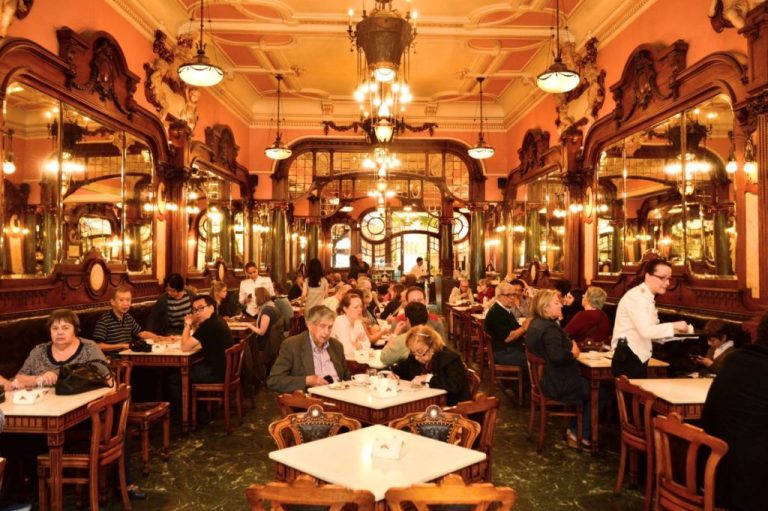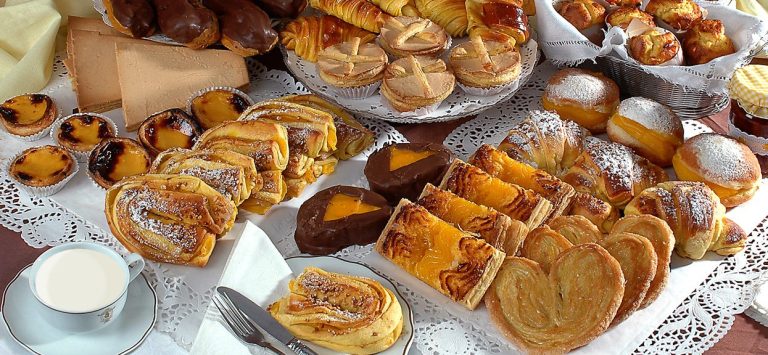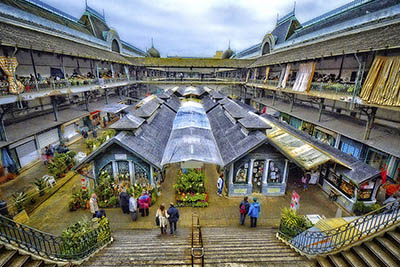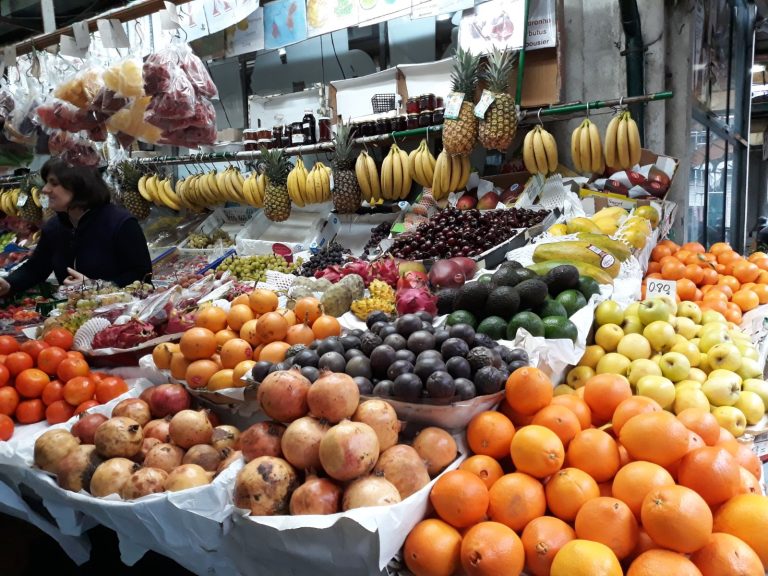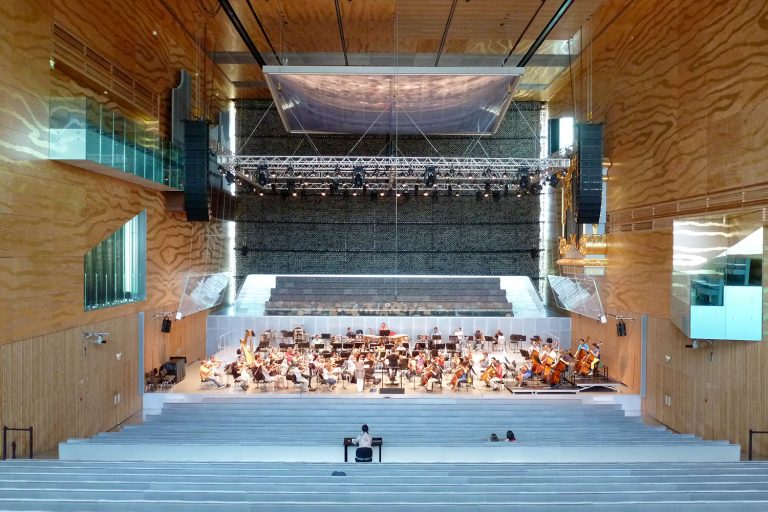Porto: a city to fill up with art, history, and culture
Once in Porto, one can’t help but feel immersed in its art, traditions, and history. Perhaps that’s why the third most populous city in Portugal continues to attract more and more tourists every year who take advantage of visiting it to admire its wonders.
Before we begin to discover the city’s artistic beauties, let’s treat ourselves to a sweet break at Café Majestic. Located on one of Porto’s busiest and trendiest streets, Café Majestic has been attracting Portuguese artists and intellectuals since 1921, the year of its opening. Even today, tourists queue up to enjoy breakfast at this historic café and be enchanted by the beauty of its interiors, reminiscent of Art Nouveau architecture and Belle Époque inspirations. The fascinating atmosphere rich in history makes it the perfect place to taste some of the city’s typical sweets, such as rabanadas or the almond cake Touchinho Do Céu. If you prefer to stick to the classics, indulge in pasteis de nata.
cafe-majestic-1024×681
Breakfast
After a bit of sweetness, let yourself be transported into a magical world by the fairytale atmosphere of Livraria Lello. In Porto, there is one of the most famous bookstores in the world, partly because of its setting, a sort of Art Nouveau-style cathedral, and partly because it is said to have inspired the famous writer J.K. Rowling, the “mother” of Harry Potter. Besides being hailed as the most beautiful bookstore in the world by writers, as well as by The Guardian and Lonely Planet, what made it so famous was its association with the famous saga. J.K. Rowling lived in Porto from 1991 to 1993 and reportedly was a frequent visitor. This fame, coupled with the trend of taking photos to post on Instagram, has made it really challenging to enter the bookstore. The building strikes with its mix of architectural styles ranging from Art Nouveau to neo-Gothic. On either side of the upper window stand two large figures created by José Bielman, symbolic representations of art and science. The true colors of the façade (including the striking yellow and blue) were brought to light after a significant restoration.
091458143-9268f6d7-b416-4851-88b5-61f62a05f474
LIBRERIA-LELLO-PORTO-930×620
Near Avenida dos Aliados lies one of Porto’s most vibrant and popular areas: Mercado do Bolhão, where since 1914 meat, fish, fruit, flowers, and many other products have been sold, a 20th-century market still bustling with life. Inaugurated in 1914, Mercado do Bolhão is one of Porto’s most authentic places and a must-visit. On the first floor, or terrace, are the fruit and vegetable sellers. The scents are intoxicating, and the vendors are friendly. The explosion of colors contrasts with the grayness of the walls and the iron structure. The lower floor hosts fish stalls, florists, sellers of dried legumes, a poultry section with live chickens, and friendly bakers who explain the secrets of Broa and Broa de Avintes bread, delicious.
mercadodebolhao
IMG-20180118-WA0012
A privileged cultural space in the city of Porto is the work of architect Rem Koolhaas. At Rotunda de Boavista, halfway between the historic center and Foz, stands a building whose volume and originality are hard to miss: Casa da Música. It was designed by the famous Dutch architect and urbanist Rem Koolhaas and conceived for Porto 2001 – European Capital of Culture’s innovative cultural project. It’s a building with bold forms intended to be the stage for all kinds of music, from classical to electronic, jazz to fado, from large international productions to small experimental projects, focusing on high-quality infrastructure and dynamic, innovative, and prestigious programming.
Casa da Música is located in the center of the Boavista district, near Alburquerque Square. This is a large square full of gardens and corners to relax in. In the center of the square, a 45-meter-high sculpture attracts all eyes. It is the Monument to the Peninsular War, depicting a lion on an eagle surrounded by soldiers with horses. This monument commemorates the victory of the British-Portuguese alliance over the Napoleonic troops.
casa da misica
KahleAcoustics-CasaDaMusica-03–photoKA
The-Sandeman-logo-Porto-Portugal-R2
Stay up-to-date on cruise destinations, itineraries, and ships on Cruising Journal.

